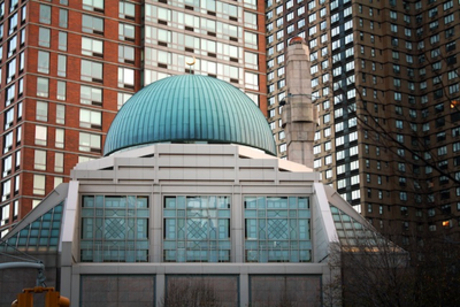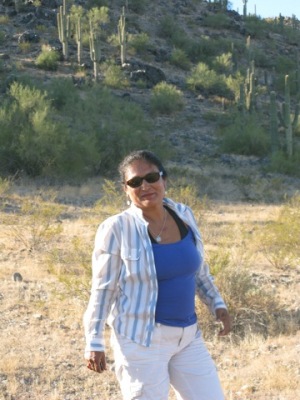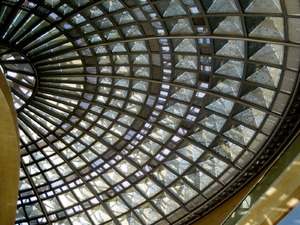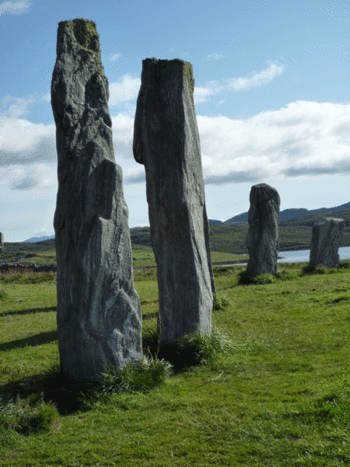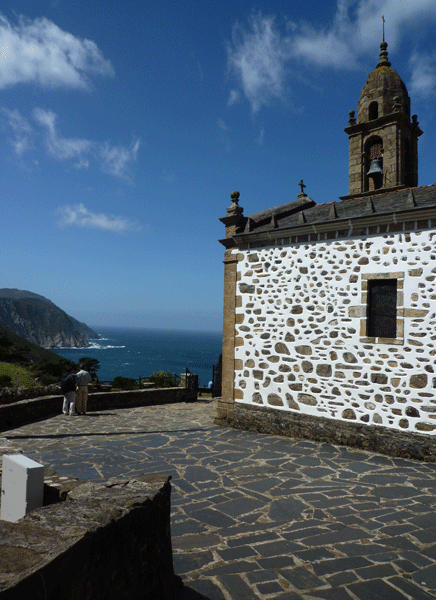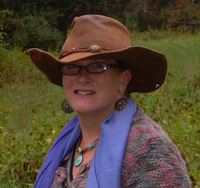story + photos by Suzanne Marriott
My husband was lying in the hospital bed, dying. It wasn’t as if I should be surprised—he had been in and out of hospitals many times that year, suffering from complications of multiple sclerosis. Yet, I was. I was in shock.
I had been his caregiver for the last ten years, and now, at the time of his death on January 1, 2006, I couldn’t stop. I still had to take care of him. Less than a minute after he drew his last breath, I began reading a Tibetan Phowa, or prayer, to Amatabha Buddha to guide Michael’s transition. It was a long and beautiful poem that guided him as he experienced the stages of death and the many levels of transition. Amitabha is a Sanskrit word that literally means boundless light and boundless life. He is the Buddha in the Land of Ultimate Bliss (Pure Land), in which all beings enjoy unbounded happiness. He can provide a “short cut” to enlightenment. By reading this phowa, I felt still connected to Michael, still able to care for him.
Nearly six years after my husband’s death, I hardly expected to meet Amatabha Buddha again in Sedona, Arizona, and this was not the only surprising thing that happened there.

